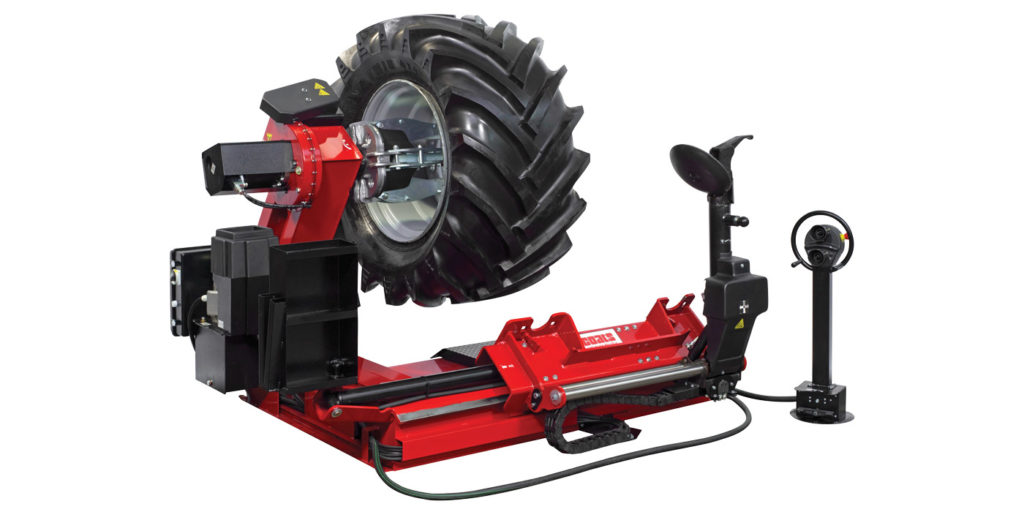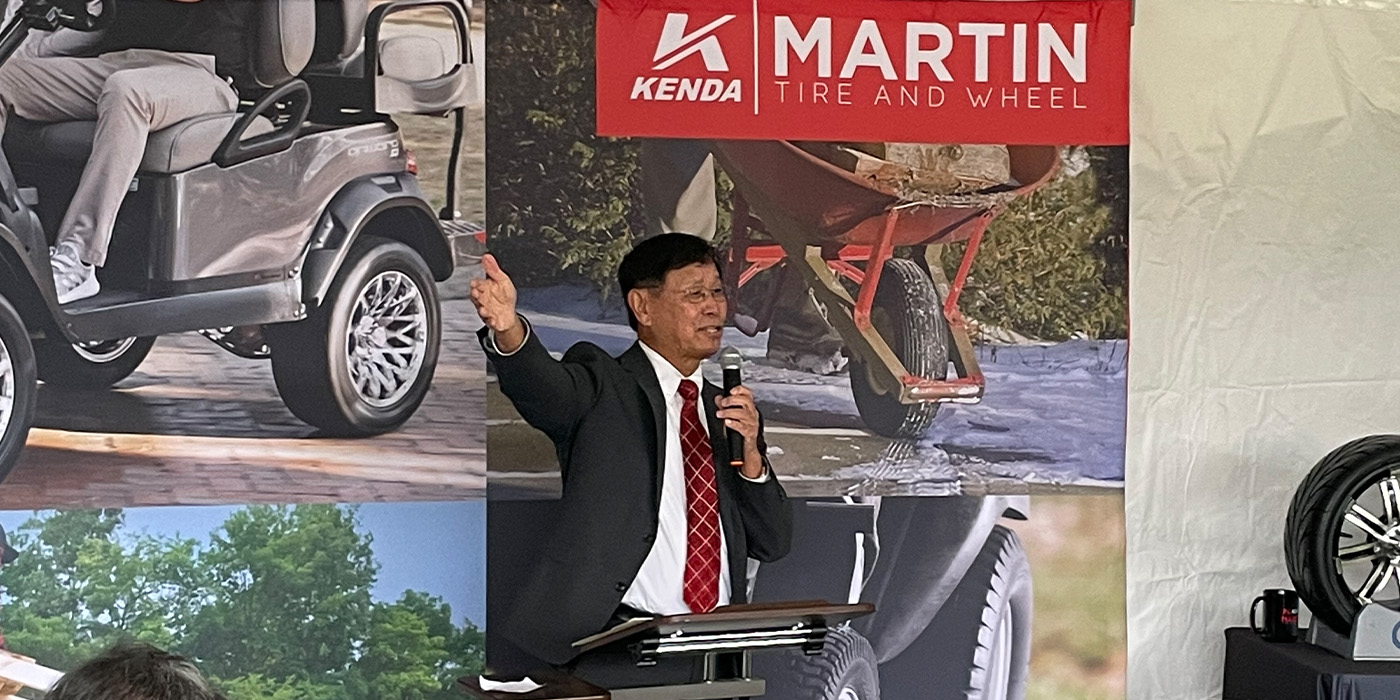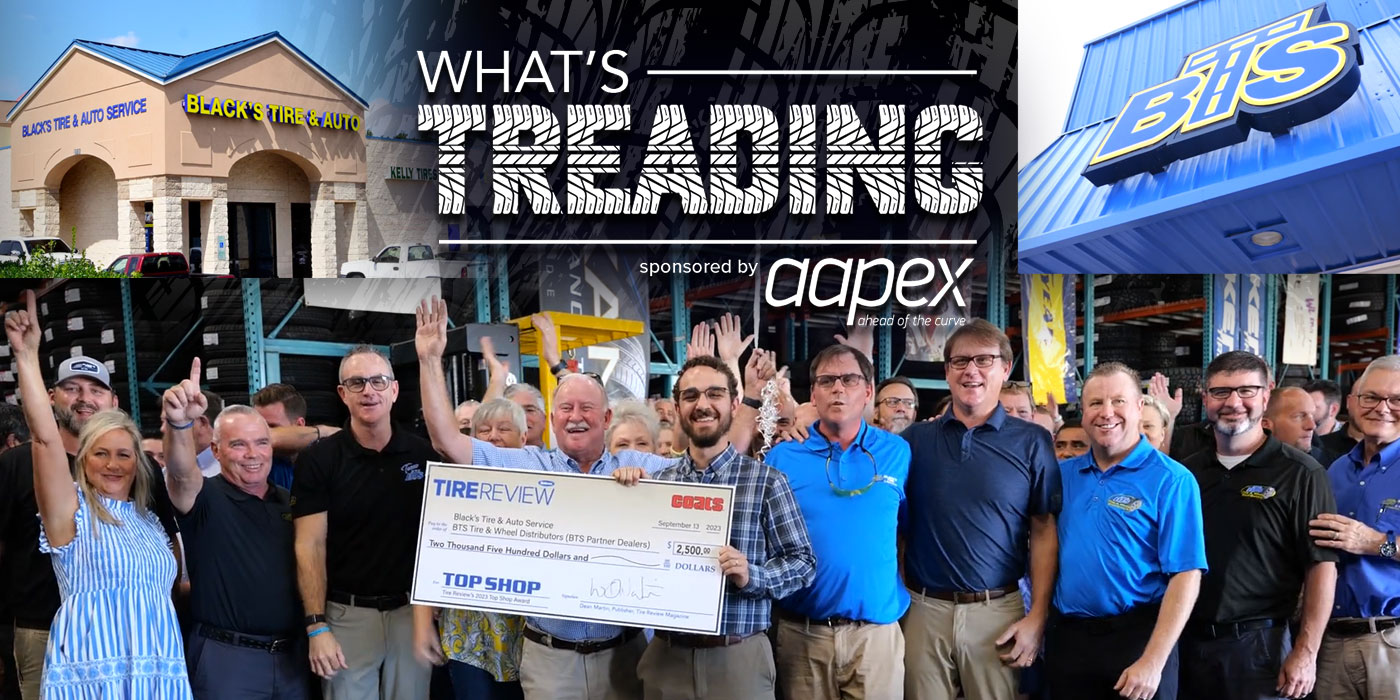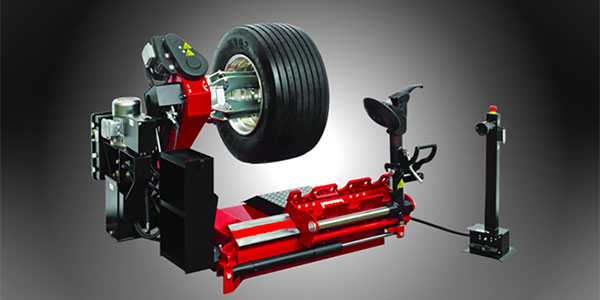With the majority of commercial tires mounted on steel or alloy wheels, your technicians need to know the key differences between them when working with these metals to maintain the customers’ investment.
Alloy Versus Steel
Typically, heavy-duty trucks with lighter alloy wheels can haul more total payload and require less maintenance between tire changes. They’re also more resistant to corrosion and can be shined up with just a rag and some wheel polish to look as good as new. Alloy wheels are typically more uniform in their construction, and, when properly balanced, they offer a smooth ride.
In addition, they can add a super-single configuration to further reduce weight and efficiency for commercial fleet managers. They also offer an improved, more professional cosmetic look.
Their steel counterparts, however, work as a great, low-cost alternative. Steel wheels are ideal for jobs that put high stress and high loads on the tire and wheel package, such as off-highway and construction sites.
Inspection & Mounting Safety
The first step to any successful mount and balance job is checking for existing damage to the wheel and tire. Pay close attention to the tire bead. Check where the bead seats are on the wheel and look for any structural damage or wear across the diameter of the wheel and rim. Look for bent edges or cracks, especially with alloy truck wheels, and ensure the tire and wheel are of the same size.
All shops should follow OSHA guidelines when mounting a commercial tire. When mounting tires on alloy wheels, use wheel-mounting clamps with soft jaws or jaw protectors to prevent wheel scratching. Technicians should also use a non-water-based lubricant on the hub bore center. Avoid getting lubricant on the face of the wheel or the face of the truck hub. In addition, avoid using a tire changer’s hook and tire bar when dealing with alloy wheels. If a technician uses the rollers only for mounting and dismounting, the risk of damaging wheels will be reduced.
For steel wheels, a tire changer’s dismounting hook and vise grip clamp make changing wheels quick and easy. Use lube to mount steel wheels on tires; however, lube is not required on the wheel itself when mounting the assembly on the truck as it is with alloy wheels. Steel wheels are also prone to rust on their bead-seating and mounting surfaces. Shops that offer steel wheel reconditioning and recoating can address this problem.
When mounting truck tires, take advantage of a tire changer’s safety features, such as integrated wheel lifts that help avoid technician injury. Seating beads and inflating tires should also always be done in a proper inflation cage that meets OSHA guidelines.
Both steel and alloy wheels should always be torqued with a torque wrench—not an impact wrench—to the manufacturer’s specification. Wheels should then be retorqued in about 50 miles when all parts of the tire and wheel assembly have further seated themselves.
Content provided by Coats Garage.














